Lake Merritt Beneath the Surface Zoom presentation
/Video presentation on the organisms that live in Lake Merritt of Oakland, California by Damon Tighe.
Read MoreVideo presentation on the organisms that live in Lake Merritt of Oakland, California by Damon Tighe.
Read MoreCCNH was interviewed for an episode of East Bay Yesterday about Lake Merritt!
Read MoreWe’ve just finished the third installment of the seasonal almanac we’ve been doing in collaboration with Bay Nature, and it’s been loads of fun! The amazing Jane Kim of Ink Dwell does the illustrations, and we’ve been tasked with selecting the species and phenomena to highlight, as well as writing the descriptions with Bay Nature staff. So far we’ve covered Fall 2018 (Oct-Dec), Winter 2019 (Jan-Mar), and Spring 2019 (Apr-Jun). The summer installment will be out soon, so stay tuned!
Being part of creating this almanac has been a reminder to think seasonally and consider who might be most active or abundant. It’s also a way to think more deeply about what species might be doing at different times of year when they’re not so ‘obvious’; our sentinel species we’ve followed throughout each almanac edition has been the red-tailed hawk. They’re so common that we often barely give them a second glance, but what do we really know about them and how they spend their time in the Bay Area and beyond? Having a lens of seasonality is an excellent opportunity to explore what different species do throughout the year, and why.
We invite you to read the most current edition of the almanac, and check out past issues! Though the seasons have progressed, things always come full circle- these almanacs will be useful for years to come. Use them as a way to structure your outdoor wanderings, or as a treasure map to seek out new species.
Happy wandering!
So… this is admittedly not from the deep past. But as the weather cools, the days shorten, and we head into the last part of the year, it’s inevitable that we start to remember previous seasons and adventures of 2018 with fondness.
Here’s a photo gallery of the awesome bug camp we did with the Insect Sciences Museum of California (ISMC) in July 2018 at Sagehen Field Station in Truckee, CA. It was glorious… we spent 4 days looking at bugs, drawing bugs, photographing bugs, talking about bugs, and eating bugs (a little entomophagy to expand our palates)! We’re planning on partnering with ISMC to do it again in 2019, so stay tuned!
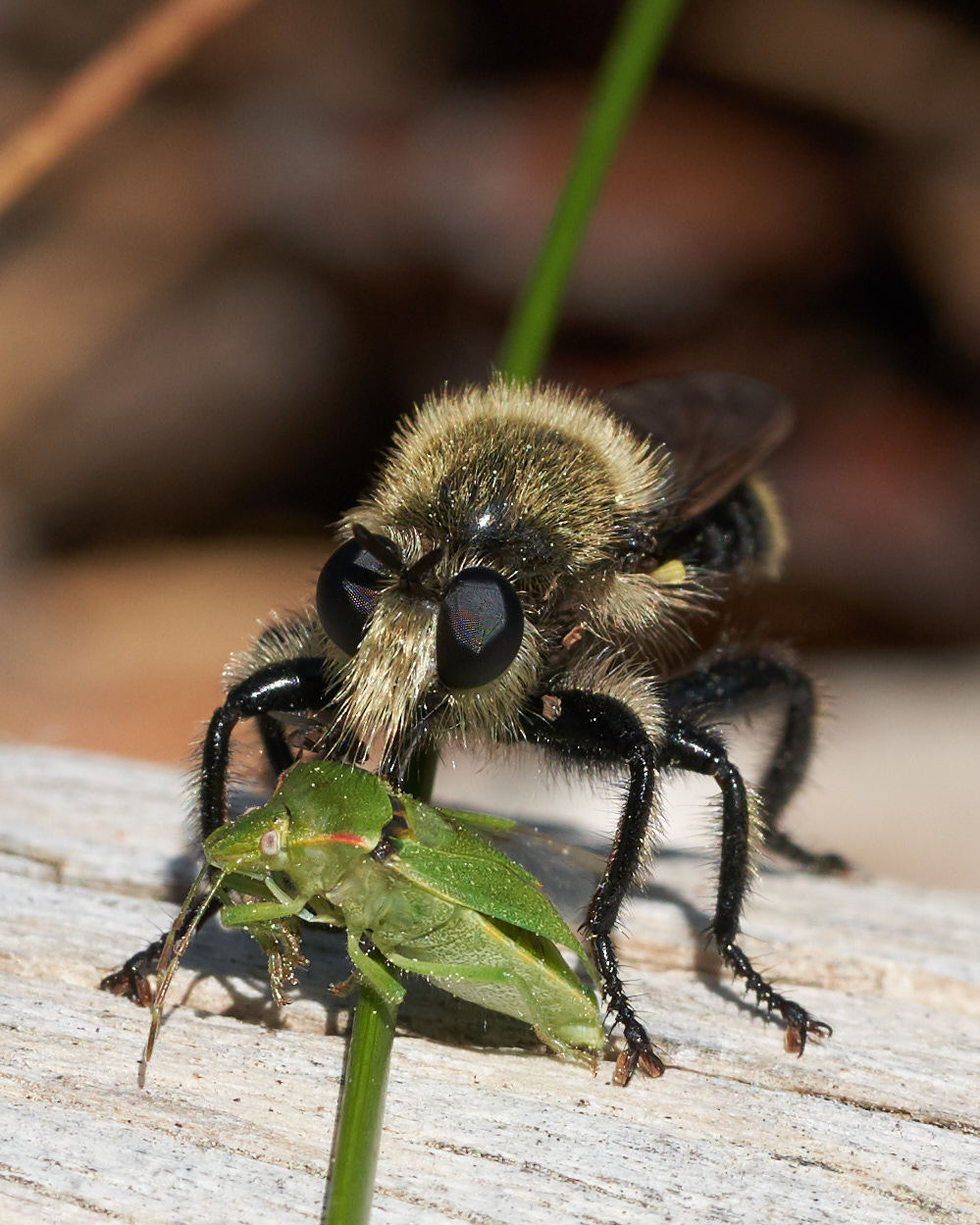
Bee-mimicking robber fly eating another insect! Photo by Tony Iwane
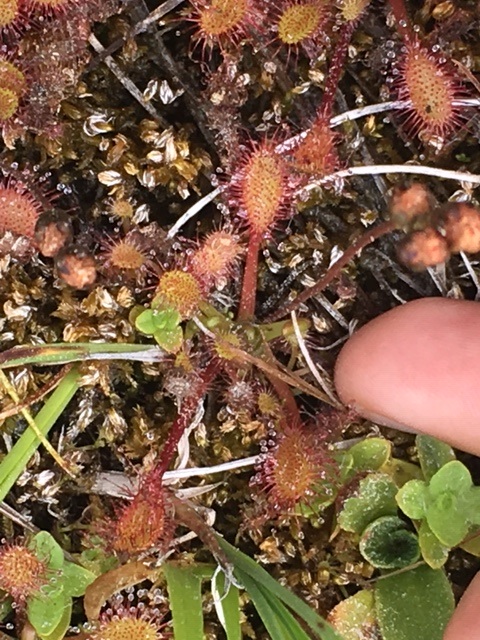
Carnivorous sundew plants in the Sagehen bog. Photo by Constance Taylor
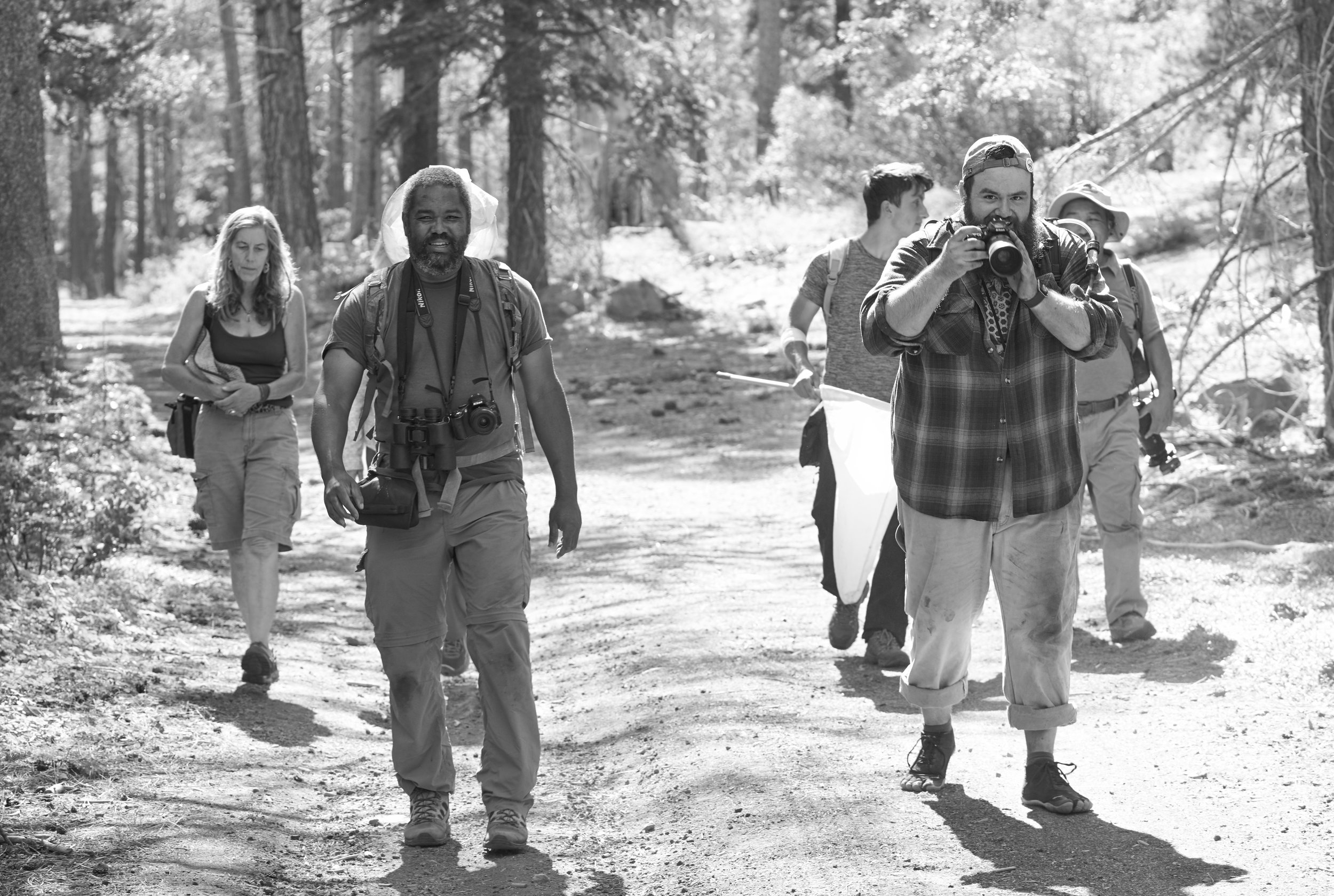
A dramatic picture of people walking. Photo by Tony Iwane
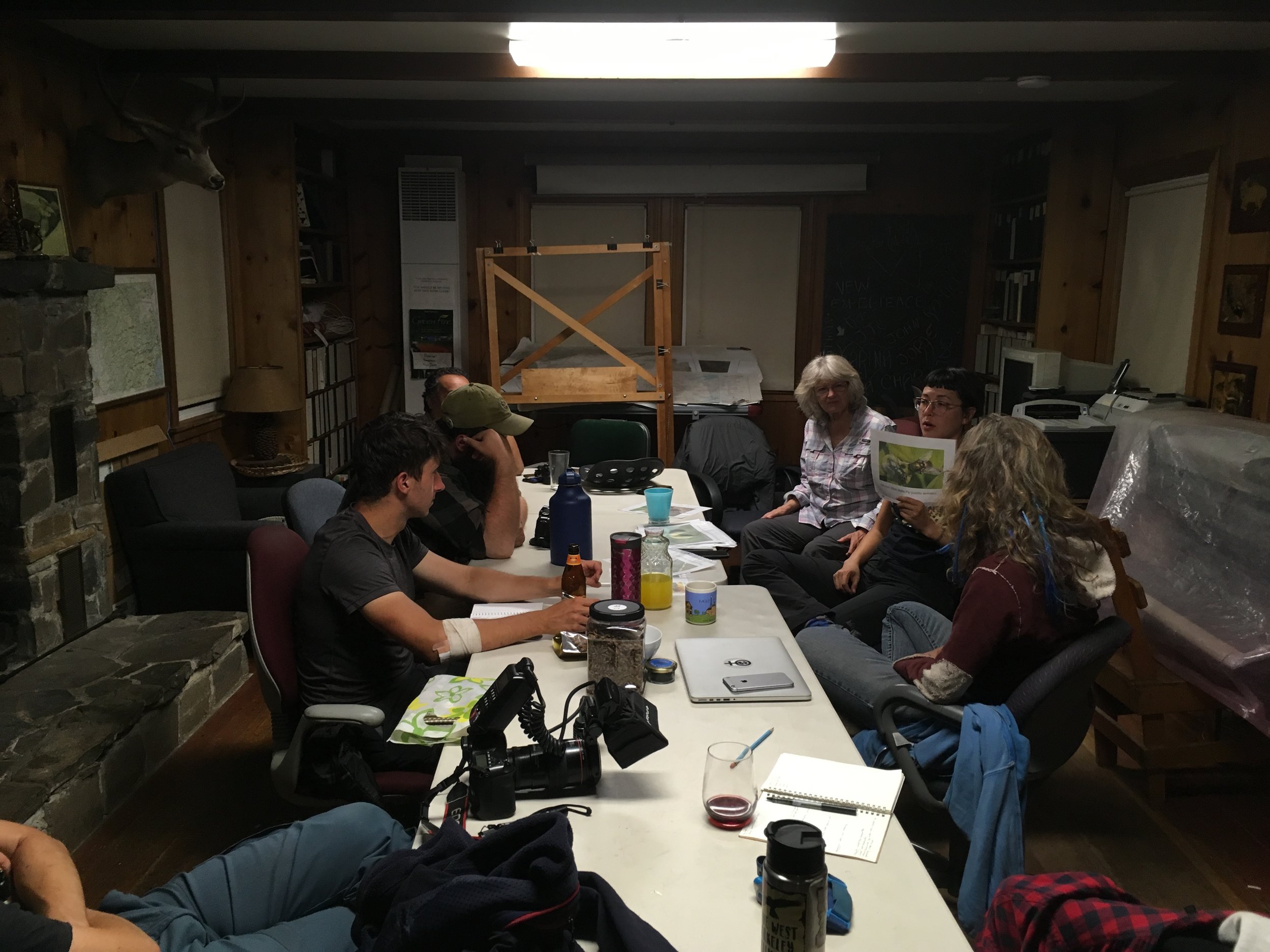
Nerding about flies. Photo by Angela Pai
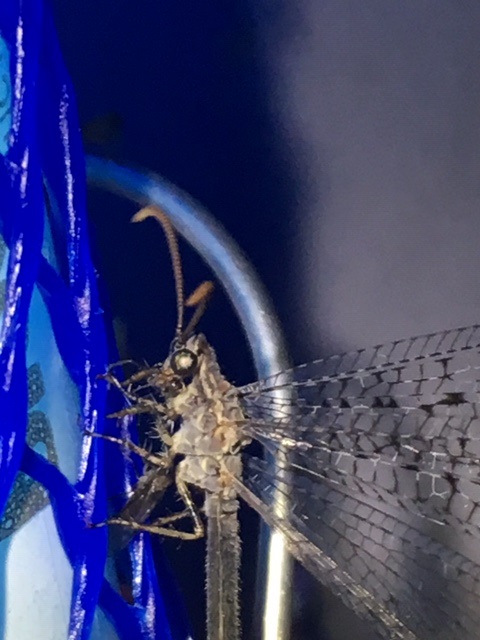
The antlion is ready for its close-up! Photo by Constance Taylor
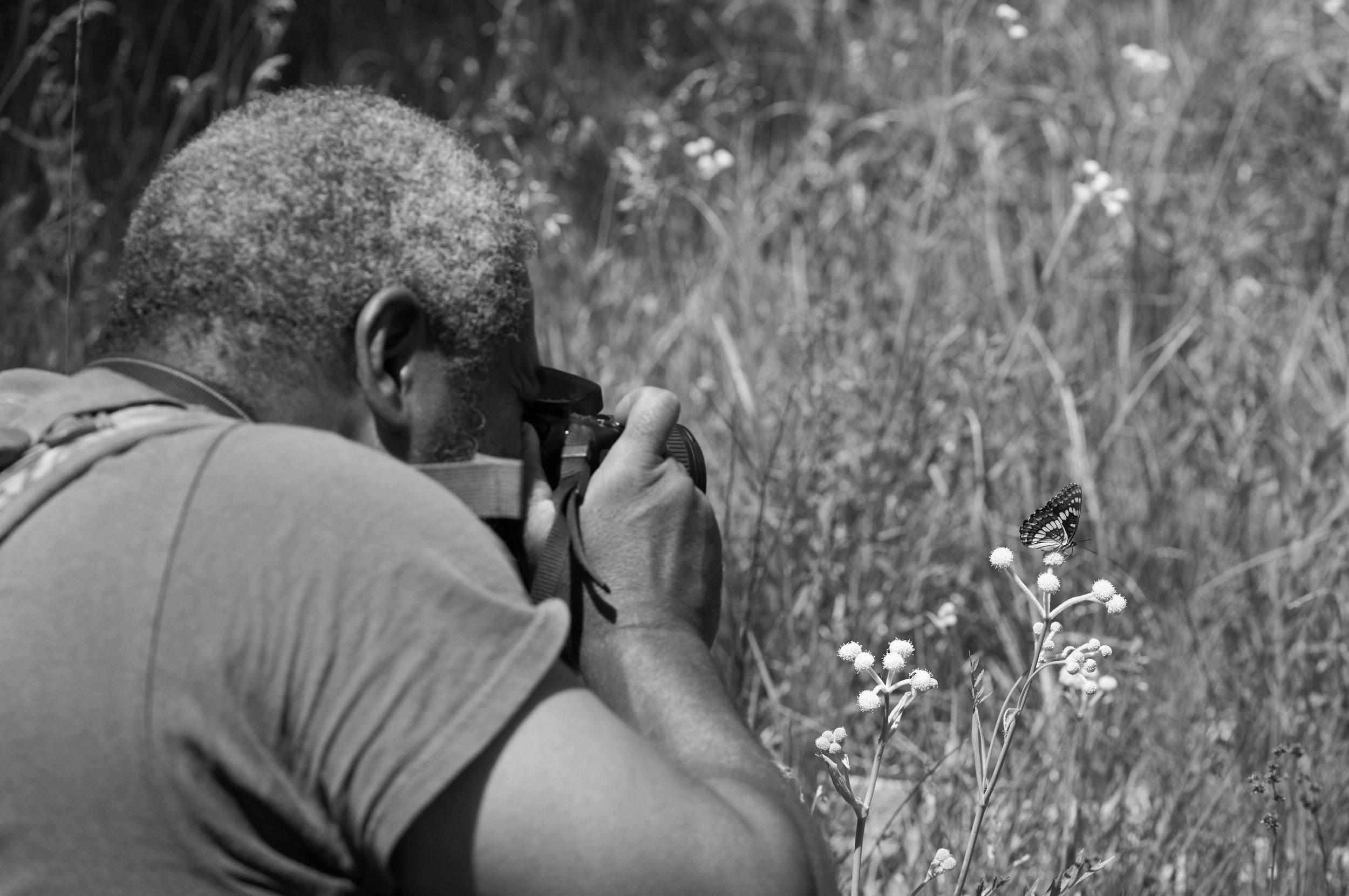
What most of us were doing all of camp… getting very close to things and trying to photograph them. Photo by Tony Iwane
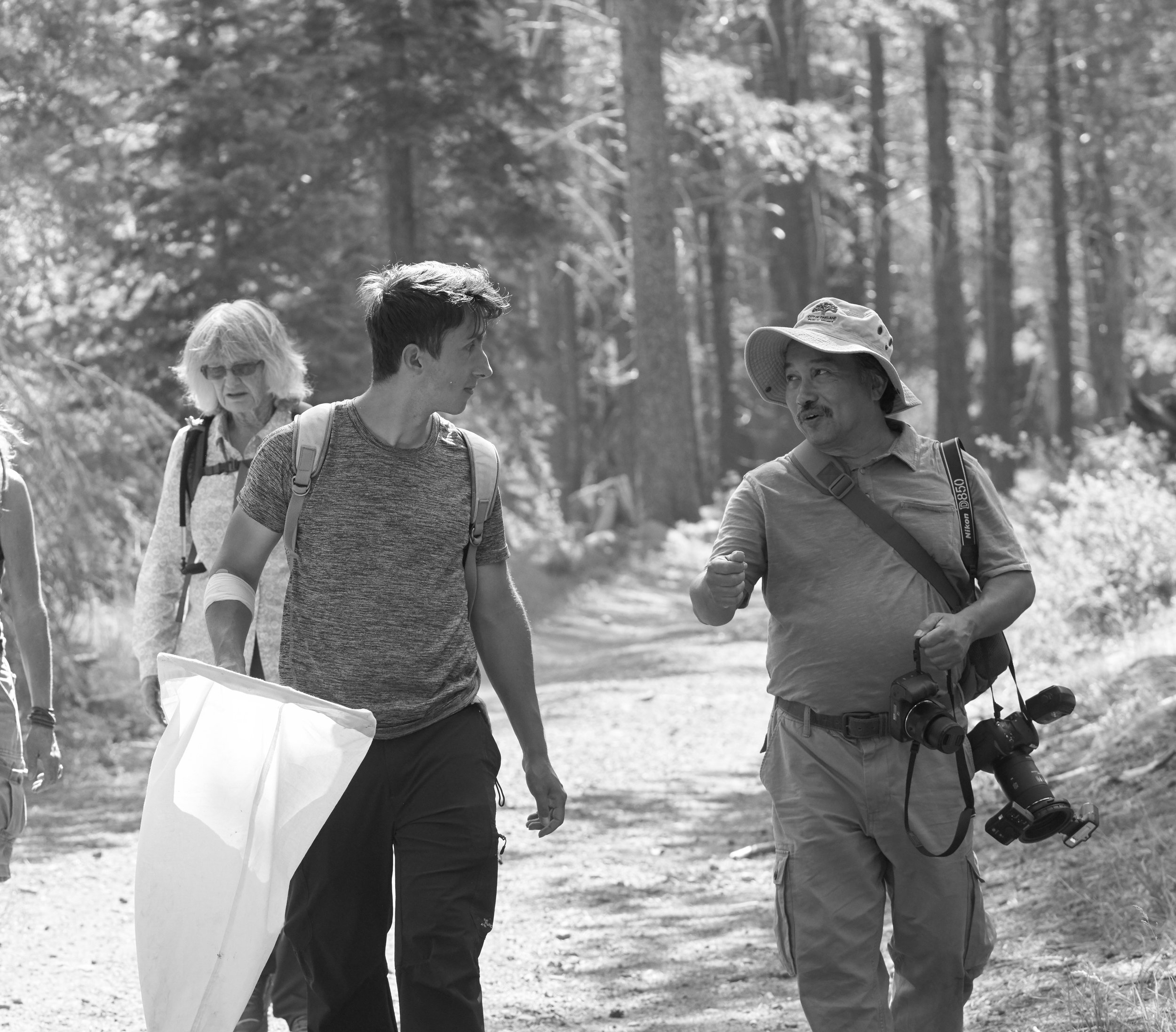
Things you need for bug camp: a net, a place to explore, and buddies. Photo by Tony Iwane
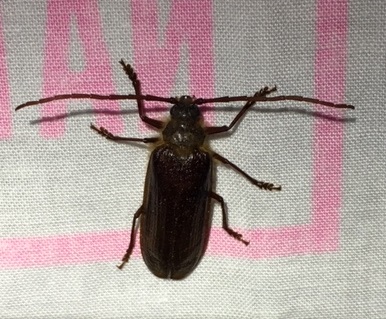
Prionous beetle (not to be confused with a Patronus). Photo by Constance Taylor
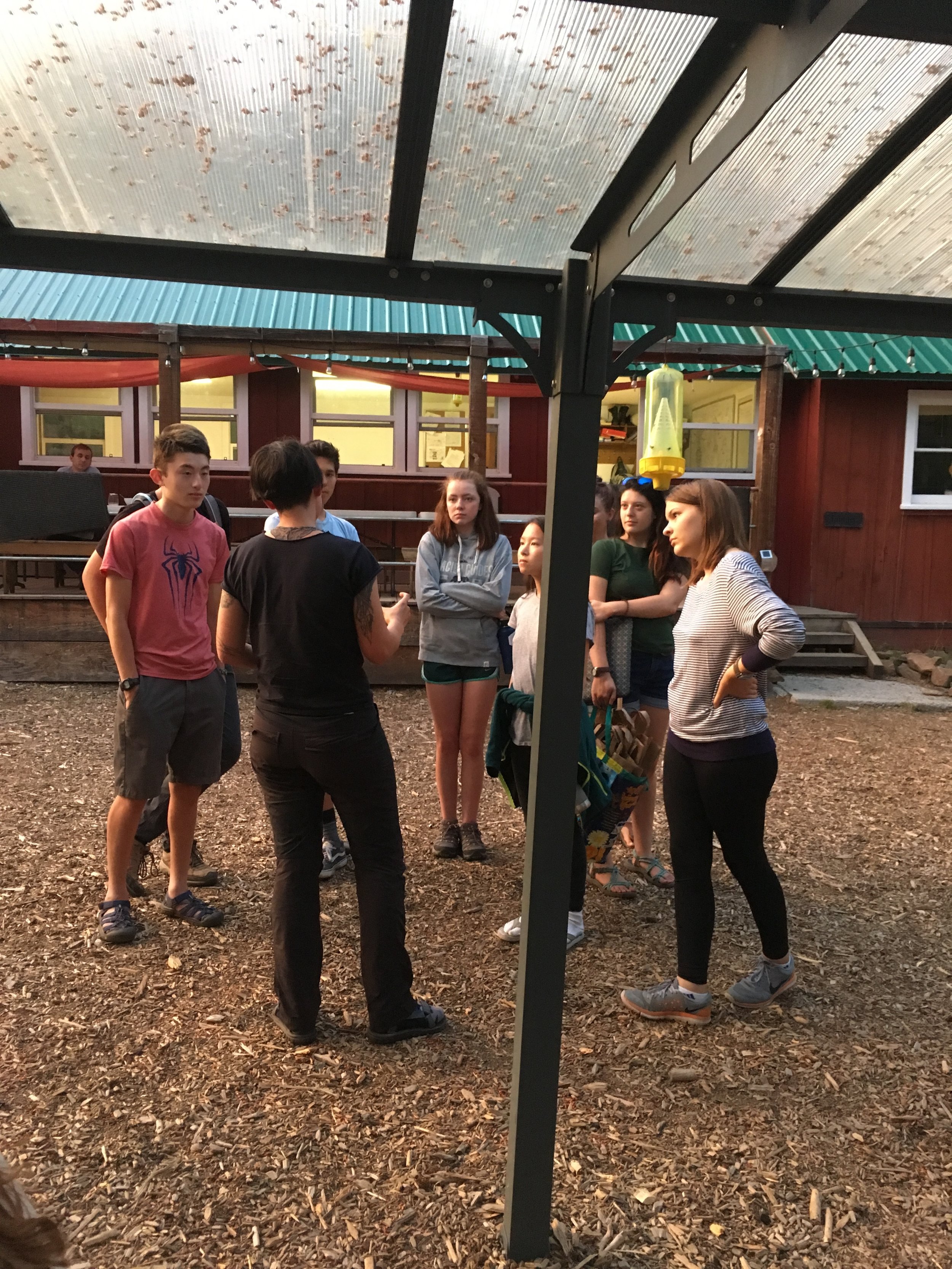
Talking to a high school group who was also at Sagehen Creek Field Station- Constance was trying to get them to eat some tasty fried crickets (they eventually did)! Photo by Angela Pai
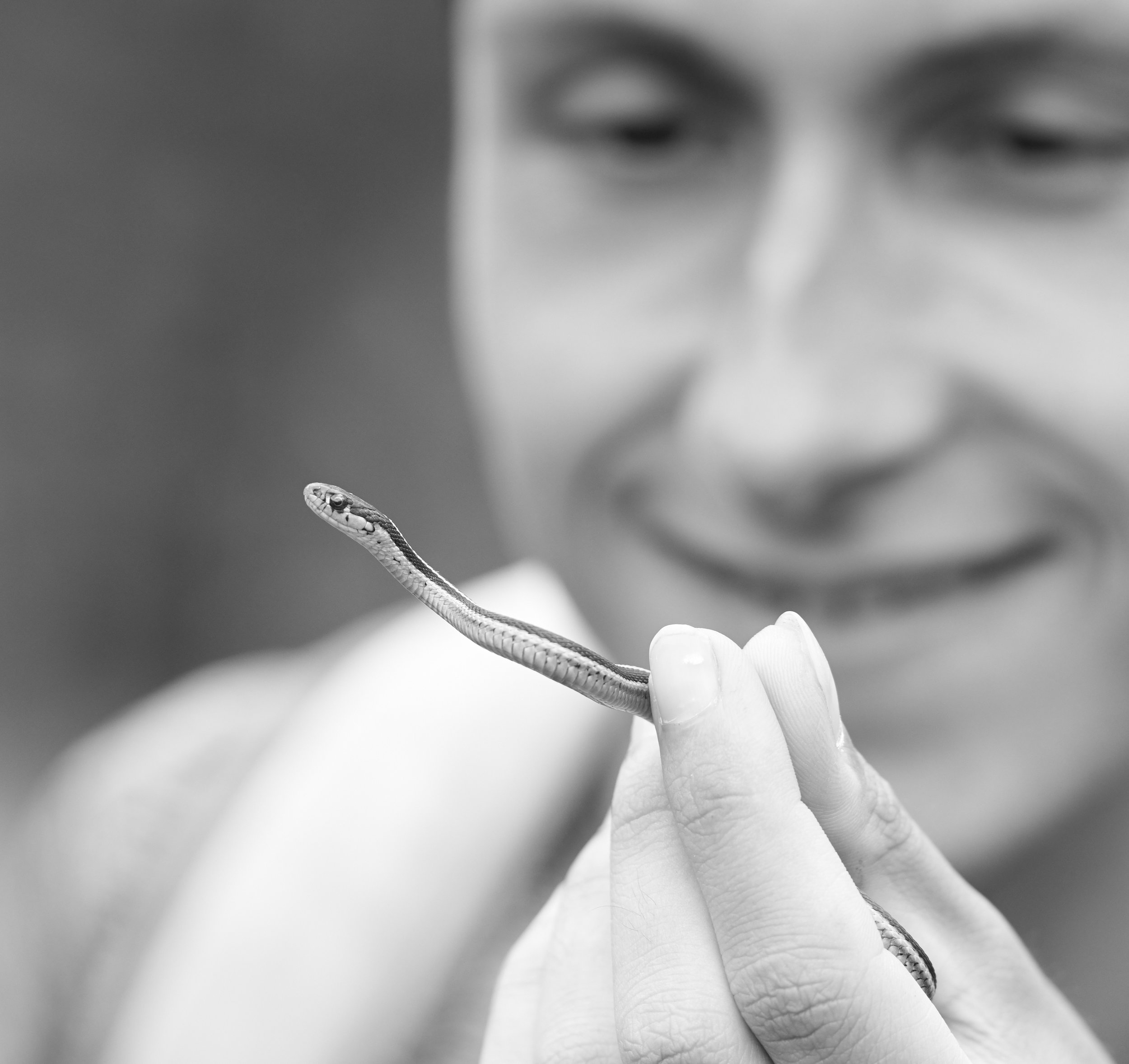
Not an insect, but we’ll allow it. Photo by Tony Iwane
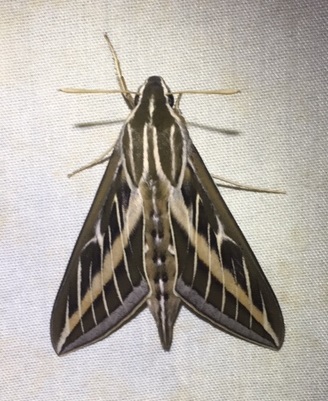
White-lined sphinx moth. Photo by Constance Taylor
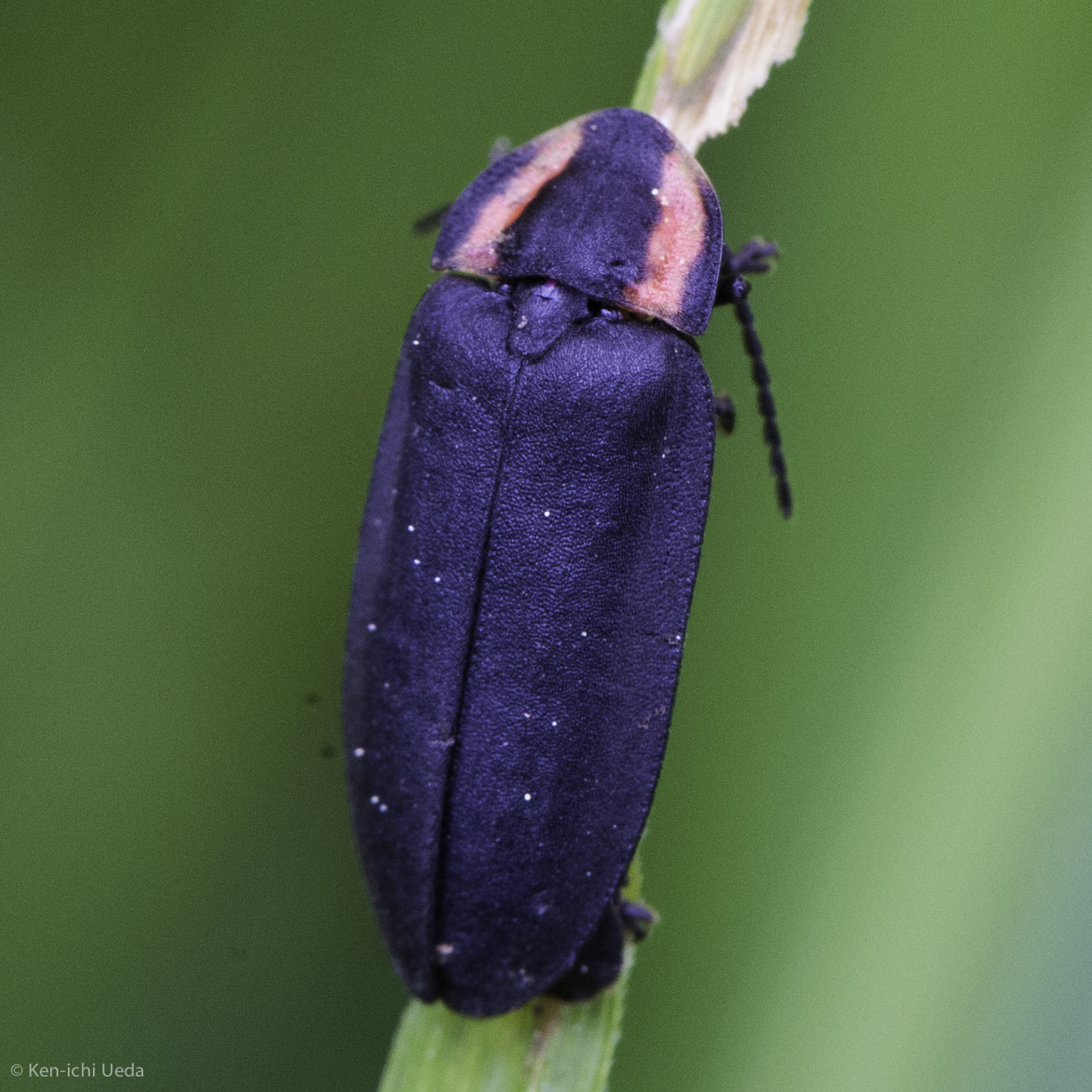
Yes, California has fireflies! Diurnal firefly, Genus Ellychnia. Photo by Ken-ichi Ueda

Some serious hand lens skills on display. Photo by Tony Iwane
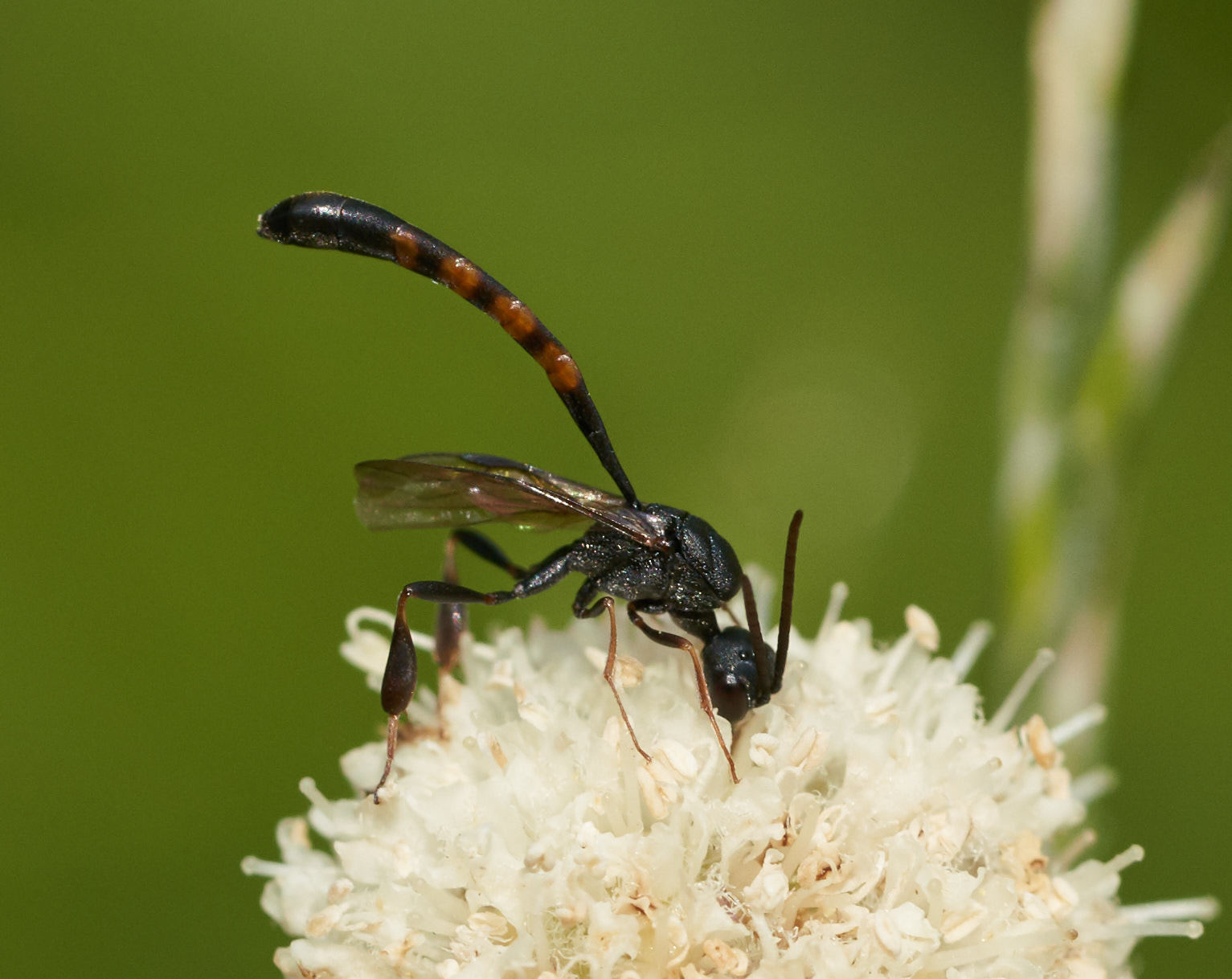
Amazing wasp in the genus Gasteruption! Photo by Tony Iwane














In light of the recent proposal by the Oakland A's to build a new stadium right next to Lake Merritt and Laney College, we're posting some resources and articles about the issue….
Read MoreMerritt College in Oakland provides great natural history courses. For the Fall semester we're recommending three courses for anyone interested in California ecology and natural history.
Read MoreA brief timeline that highlights some important environmental legislation created under the Obama Administration, and what's been changed since January 2017.
Read MorePhotos and text by Naomi Zimmermann, CCNH intern

Heron's Head Park, looking east
Heron’s Head Park serves as a reminder of the ecological wonders of the Bay. A small strip of land shaped like the head of a heron, the abandoned shipping pier holds a huge variety of plants and animals - walk down the short path and you'll find all sorts of land, marine, and marsh creatures within a few yards of each other.
The San Francisco Bay is home to a plethora of species, both native and nonnative. This body of water holds the dubious distinction of being the most invaded estuary in the world, as its many docks attract ships internationally which have all brought their native species into this region.

Heron’s Head Park serves as an example of the incredible biodiversity of the Bay - flipping just one rock uncovers tens of species all sharing the same tiny habitat.
The ecological wonder and the multitude of benefits that wetlands and marshes provide are often overlooked and underappreciated. These areas provide habitats for thousands of species - flip over a large rock on the beach and you’ll find crabs of all sizes along with different species of arthropods, clams, and worms. These little critters are vital for the birds that migrate through from all over the world, providing sustenance for their long journeys. Wetlands also act like filters, removing harmful substances from bay water so they don't contaminate other bodies of water (or vice versa).
Heron’s Head could benefit from further restoration with funds from Measure AA. Measure AA is a $12-per-year parcel tax on citizens of the Bay Area, passed in the summer of 2016, which serves to provide funding for the ecological restoration of the Bayshore. The funding for the project will improve the water quality of the Bay by reducing trash, pollutants, and toxins in the Bay which in turn will restore the natural habitats for birds, fish, and other species in the Bay and the wetlands surrounding it.

Heron's Head Park... a great place to get to know the SF Bay!
The California Center for Natural History strives to foster a shared appreciation of the natural world and improve access to natural history.
P.O. Box 20662, Oakland, CA 94620 | info@calnature.org
© 2016 California Center for Natural History